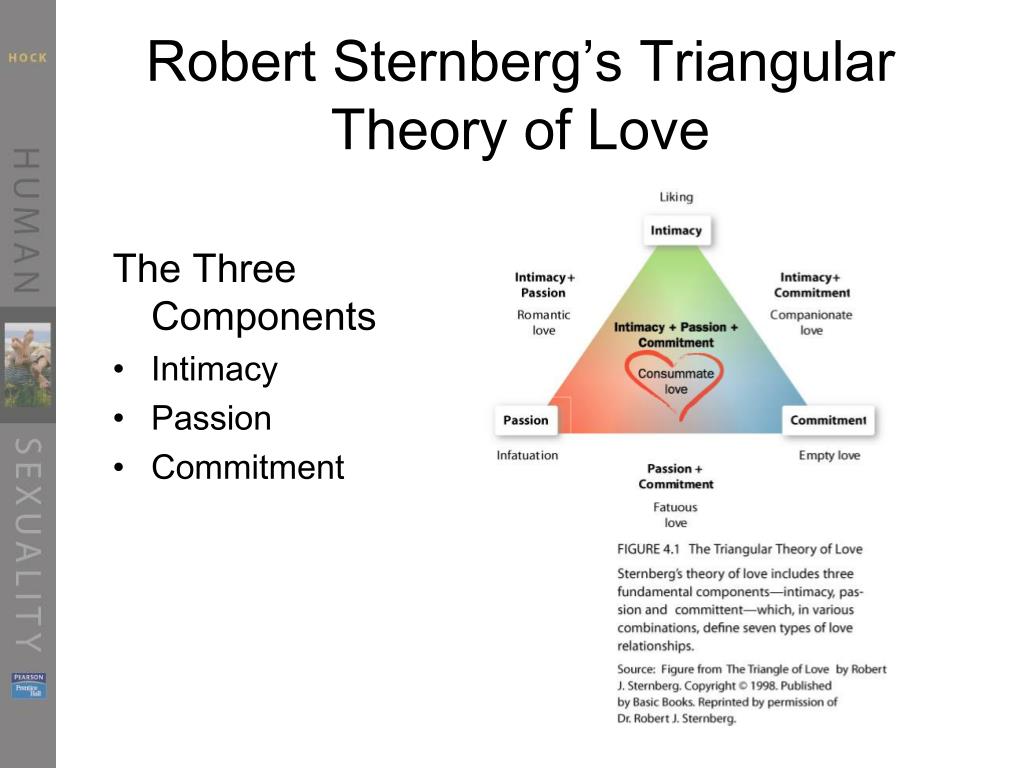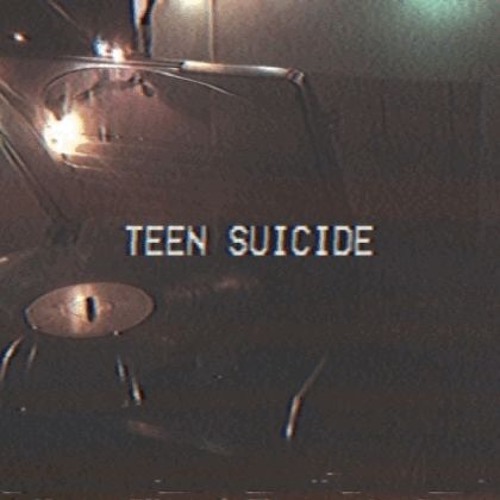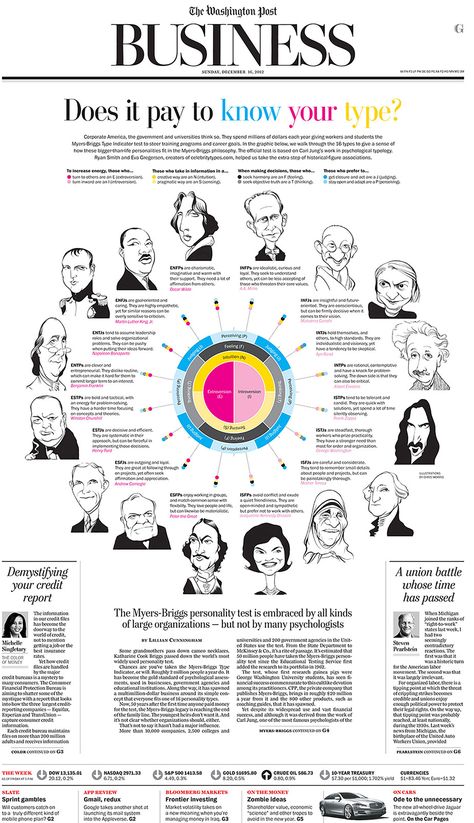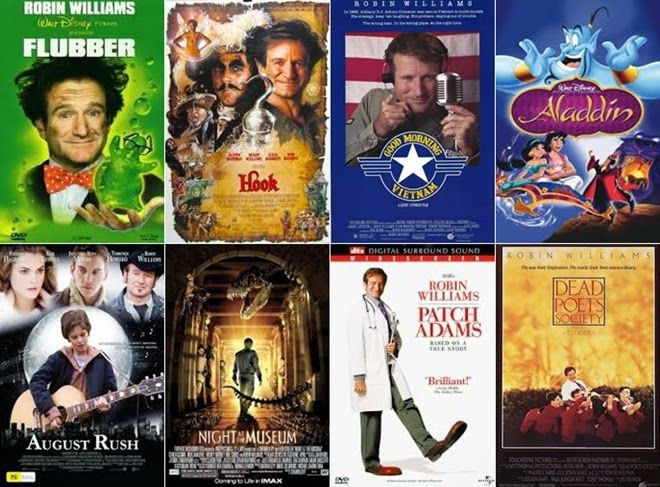Stop what if thinking
Anxiety, Stopping 'what-if' thoughts | The Hannon Clinic, NI
Anxiety: ‘What-if’ thoughts and how to stop them in 3 easy steps
What-if thoughts do serve a vital purpose. At times we need to ascertain information or work through potential scenarios in order to help us make decisions in life.
However, these what-if scenarios, if left unchecked can spiral out of control and cause anxiety, worry or stress. The format or content of the what-if scenarios is as numerous as the people thinking them, as each is individual to the person and their particular circumstances at that time.
These can range from:
- What if I can’t pay the mortgage this month? (money-related)
- What if I lose my job because of being furloughed too long? (work-related)
- What-if my dad takes COVID? (health-related)
- What if I never get this weight shifted? (image related)
- What-if my partner cheats on me? (relationship related)
These thoughts can lead to anxiety, but we can also have anxiety-related what-if thoughts, for example:
- What-if I take a panic attack when I’m in the shop?
- What if I mess up the presentation and they fire me?
- What if I can’t cope being in the house all day every day for the next few weeks?
Chronic what-if thoughts are a habit that we have learned, either from a traumatic experience that we now deem it necessary to go over and over every possible what-if scenario in case it happens again; or are from repetitious thinking that we have gotten into the habit of doing.
The good news is these thought patterns can be broken and new habits developed. And this can be done in three easy steps.
Step 1: Ask yourself ‘What is the worst-case scenario?’
Often, we recognise that we are caught in the spiral of the what-if thinking by our feelings. We may feel angry, sad, anxious, worried or stressed. Work on tuning into your thoughts on a regular basis and you will get to see your thoughts and be able to stop them from there. When you recognize that you are going over and over the what-if’s, stop yourself and ask yourself (out loud often helps): What is the worst-case scenario here?
By doing this you are stopping the re-run of the what-if and it is usually this re-run after re-run of the thought that causes the anxiety. It is like poking a bruise if you keep poking it and poking it, it gets worse and will never heal. So, by facing the worst-case scenario you are in -effect stop beating yourself up.
Often you will find that the worst-case scenario is not as bad as what you were thinking. But even if it is worse, at least now you have stopped beating yourself you with going over and over a bad scenario in your mind.
But even if it is worse, at least now you have stopped beating yourself you with going over and over a bad scenario in your mind.
Step 2: Ask yourself “Could I handle this?
And the answer is always Yes! No matter what life throws at you, you can handle it. It may not be pleasant, and in some cases, it may bring hardship, but whatever it is you have the ability to handle it.
I once had a client who had two children and was pregnant with a third. She had very bad anxiety over an issue at work. She was re-running scenarios over and over in her mind to the point where she had convinced herself that she was not liked or wanted in her team. So, to demonstrate this method and show he could apply it, we came up with the worst-case scenario is being the team forced her out and that she would lose her job.
Then I asked: Could you handle this? And her immediate reply was “No! How would I be able to afford to live and with another baby on the way!” I pointed out, that because she had two dependents and another on the way was exactly the reason why she could handle it. It would be hard, but she would find a way because she would have to feed her children.
It would be hard, but she would find a way because she would have to feed her children.
Whatever it is you are facing you can handle it.
Step 3: Ask yourself ‘What is the best-case scenario?
This is something we rarely do. Unless we are daydreaming about winning the lotto, or are in the throes of first love, we rarely go into what-if scenarios in the positive sense. And like we have created the habit of creating what-if situations in the negative sense, we can get into the habit of creating what-if situations in a positive context.
When you take the scenario, you have been playing over and over in the negative, take the same scenario and see the best possible outcome. Then notice how you feel doing this.
The aim is to feel good. Though, initially, as we are not in the habit of thinking like this it might take a bit of practice. But it is worth it. What you have to remember is that all of this is taking place in your own mind. Nowhere else. And you have complete control over your thoughts. You cannot control with others will say or do, or what circumstances come your way, but you can control how you react to them and this is all done with thought. You control your thoughts. Your thoughts do not control you. So, get into the habit of thinking of the best-case scenarios and start living the life you dreamed of.
And you have complete control over your thoughts. You cannot control with others will say or do, or what circumstances come your way, but you can control how you react to them and this is all done with thought. You control your thoughts. Your thoughts do not control you. So, get into the habit of thinking of the best-case scenarios and start living the life you dreamed of.
About the Author: Dympna Hannon MA BSc is the owner and chief practitioner at The Hannon Clinic, Belfast. A qualified Life Coach and Chinese Medicine Practitioner, Dympna’s approach is to look at the whole person when dealing with their pain, be it physical, mental or emotional. She has spent fifteen years studying the mind and its effects on the body, a passion which stems from suffering a breakdown as a result of workplace bullying.
If you're feeling anxious then please don't hesitate to contact us for a FREE consultation with our mental health specialist at our Belfast clinic in Northern Ireland.
Call us on 078 2433 7933 or email us at [email protected]
Identifying and Curbing Worry-filled “What If” Thoughts
‘‘What if’’ thoughts are natural, but sometimes it’s hard to turn them off. There are steps you can take to calm your mind and lessen your anxious thoughts.
Wondering “What if?” isn’t always a problem, but sometimes you might follow these thoughts down an anxiety-filled rabbit hole. When this happens, it can be difficult to focus on daily life and tasks. You even might find these thoughts keep you up at night.
If you find yourself worrying about things that might happen, rest assured there are ways to stop poring over what-ifs and start putting your mind at ease.
“What if” thoughts can be about almost anything.
Common “what if” thoughts often center on financial concerns, relationships, health, or the future. Sometimes, these thoughts can be about anxiety itself.
Examples
- What if I lose my job?
- What if I can’t pay my bills?
- What if my partner breaks up with me?
- What if my headache means I have cancer?
- What if I end up alone?
- What if I have a panic attack?
- What if I mess up at work or school?
What-if thoughts can sometimes serve a purpose. They could prepare us for dangerous situations or keep us on task. But intrusive thoughts may start to take up too much space in your mind and overstay their utility.
They could prepare us for dangerous situations or keep us on task. But intrusive thoughts may start to take up too much space in your mind and overstay their utility.
When are they problematic?
If worried-filled thoughts distract you constantly or interfere with productivity and relationships, these ruminations could be a symptom of an anxiety disorder.
Symptoms of generalized anxiety disorder (GAD) and panic disorder can involve intrusive thoughts like the “what ifs” but also include:
- not being able to stop worrying or being nervous
- knowing you worry too much
- having a hard time relaxing or concentrating
- trouble falling asleep
- constantly feeling on edge
Anxiety can also take a toll on your body, and you may notice physical symptoms like:
- having a hard time staying asleep
- being tired all the time
- unexplained pain
- headaches, muscle aches, stomachaches
- sweating a lot for no reason
- breathlessness
- needing to go the bathroom often
If you notice you have some of these symptoms, in addition to your worrisome thoughts, you may want to think about talking with a doctor or a therapist.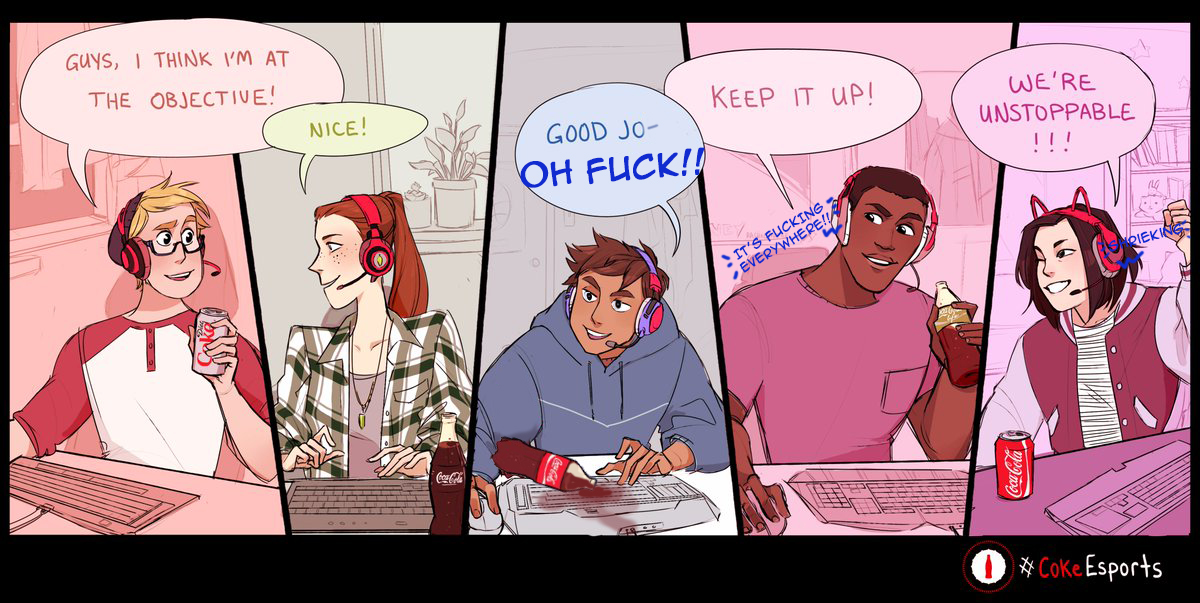 They can help provide resources and strategies to reframe ruminations.
They can help provide resources and strategies to reframe ruminations.
In the meantime, you can try these approaches to keep your worries in check and stop wondering “what if.”
You can reserve self-criticisms about your thoughts and instead make notes of whatever crosses your mind. Research from 2018 shows that writing down your thoughts can help lower anxiety.
It may be tempting to accept “what if” thoughts as inevitable truths, but they aren’t.
Thoughts are just that — they come and they go, as present moment awareness principles explain. What you do with those thoughts is what gives them power.
You may be able to better manage ruminations if you identify them as they come and allow them to pass.
Once you can call out a “what if” thought, it can help to take a moment to see if you can pinpoint the source of the unwanted thought.
You might ask yourself:
- What’s going on right now that may have caused me to think this?
- How do I feel about what’s going on?
- Am I safe right now? Is there something that makes me feel unsafe?
Over time, you may realize your anxious thoughts are spurred in specific situations, like before a meeting with your boss or doctor’s appointment.
If you know ahead of time your anxiety could be triggered by a particular scenario, you can go into the situation prepared with anxiety reduction strategies.
Therapy can be a powerful tool against worrisome thoughts. It can teach you how to transform your thoughts, behaviors, and reactions so you can maintain mental wellness.
Online therapy or a support group can also help you manage anxiety.
Remember, you’re not alone, no matter how you choose to deal with your “what if” worries.
At one time, as many as 6 million people in the United States reported having intrusive thoughts.
We all have troubling “what if” ruminations from time to time.
Sometimes, anxiety can be difficult to recognize, and it can be hard to break a worry cycle. There are several approaches you can try to manage anxiety and turn the noise of the “what if” thoughts down.
Stop worrying. Do it! — Letter from Sol LeWitt to Eva Hesse
Stop worrying. Do it! — Letter from Sol LeWitt to Eva Hesse
by svoyasi
svoyasi
I don't usually post writers' letters on the site. I want to keep them in the form of letters, and therefore every Monday they arrive in the mail of my mailing list subscribers.
I want to keep them in the form of letters, and therefore every Monday they arrive in the mail of my mailing list subscribers.
But let today's letter be an exception. First, this is a letter from an artist to a sculptor. And secondly, I would like to publish it in full: with the author's autograph, his photograph and the actor's interpretation of Benedict Cumberbatch. nine0003
Saul LeWitt and Eva Hesse corresponded for 10 years. Saul sent this letter to Eva in 1965, during a period when she was doubting herself.
I couldn't find an exact translation on the Internet, so I edited the existing ones.
Does this text resonate with you?
Please include a link to my site when you share it. Your friends may also want to receive writers' letters on Mondays.
“Dear Eva,
It's been a month since you wrote to me, and you may have already forgotten about your state of mind (although I doubt it). You seem the same as usual, and every minute you hate yourself for it.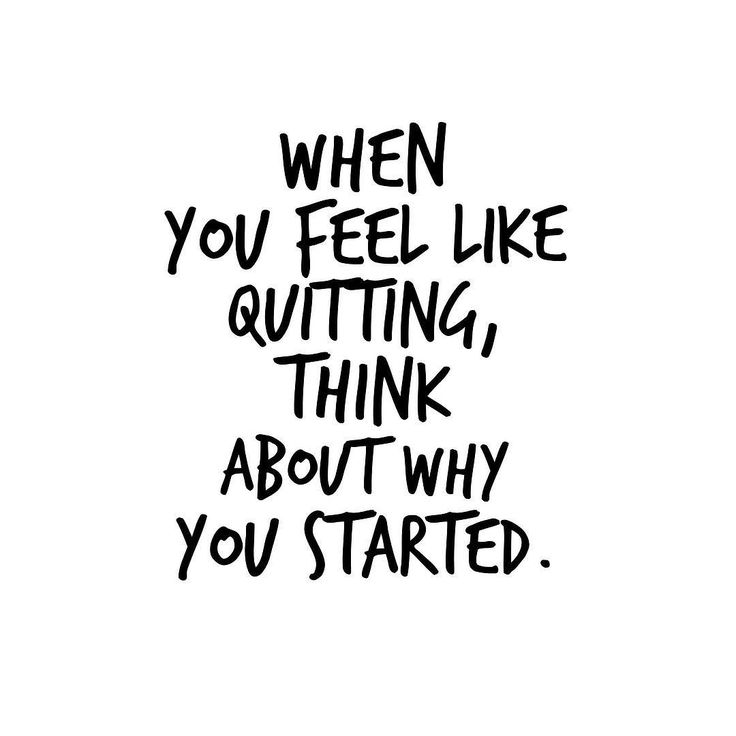 No need! Learn to say to the world sometimes: "Go to hell!" You have a right to it. nine0003
No need! Learn to say to the world sometimes: "Go to hell!" You have a right to it. nine0003
Just stop thinking, worrying, looking around, thinking, doubting, fearing, suffering, hoping for some easy way out, struggling, grasping, bewildering, shy, stumble, stun, complain, take risks, rush about, blush, fuss, stumble, hatch eggs, complain, moan, moan, grumble, beg, lie, quarrel over trifles, find fault with trifles, piss in a thin stream, poke your nose, bully ass, bulging eyes, pointing fingers, snooping around alleys, waiting a long time, walking with short steps, looking evil, flattering, looking for, standing out, dirtying, fooling, fooling, fooling yourself. Stop it and just
DO IT!
From your description and from what I know about your previous work and your abilities, I can tell that what you are working on is very good. "Draw-clean-clear, but crazy machines, wider and bolder ... a real absurdity." Sounds great, wonderful: a real absurdity. Draw more. Even more absurd, even crazier, more cars, more breasts, whatever - make them teeming with absurdity. Taste and tickle something inside you, your "freaky temper". nine0027 You belong to your most secret part.
Draw more. Even more absurd, even crazier, more cars, more breasts, whatever - make them teeming with absurdity. Taste and tickle something inside you, your "freaky temper". nine0027 You belong to your most secret part.
Don't worry about being cool, make your own uncool. Create your own, your own world. If you are afraid, make fear work for you: draw and color your fear and anxiety. And stop worrying about such serious and deep things as “choosing a goal and a lifestyle, constantly approaching some impossible or imaginary ending.” You should try to be stupid, dumb, unthinking, empty. Then you can
DO IT!
I am full of confidence in you and even though you are torturing yourself, what you are doing is very good. Try to do something BAD - the worst thing you can think of - and see what happens, but most importantly - relax and let everything go to hell. You are not responsible to the world.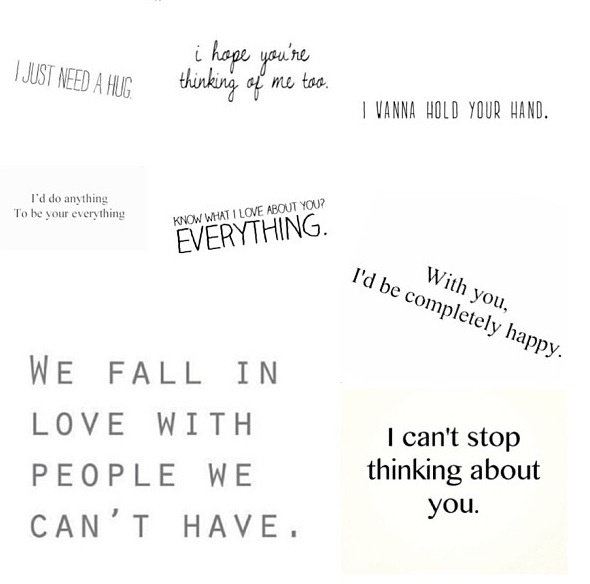 You are responsible only for your work - so DO IT. And don't think that your work has to conform to some previously established form, idea, or taste. She can be anything you want. But if it becomes easier for you to live when you stop working, then stop. Don't punish yourself. Although, I think it's so deeply ingrained in you that it's easier to just
You are responsible only for your work - so DO IT. And don't think that your work has to conform to some previously established form, idea, or taste. She can be anything you want. But if it becomes easier for you to live when you stop working, then stop. Don't punish yourself. Although, I think it's so deeply ingrained in you that it's easier to just
DO.
I still seem to somehow understand your attitude, because I myself go through the same thing every time. I have a "Agony-revision" of my work and I change everything as much as possible, I hate everything that I have done and try to do something completely different and better. Maybe such a process is necessary for me to push me again and again. The feeling that I can do something better than this shit I just did.
Maybe you need your agony to finish your job. And maybe it makes you work better. But I know it hurts a lot. It would be better if you had the confidence to just do things without thinking.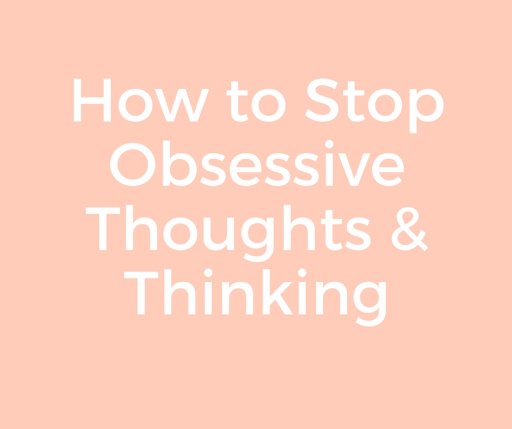 You can leave "the world" and "ART" alone and stop caressing your ego. I know that you (like everyone) can only work for a certain time, and then you are left alone with your thoughts. But during or before work, you need to empty your mind and focus on what you are doing. After, when you have created something, it is ready - and that's it. nine0003
You can leave "the world" and "ART" alone and stop caressing your ego. I know that you (like everyone) can only work for a certain time, and then you are left alone with your thoughts. But during or before work, you need to empty your mind and focus on what you are doing. After, when you have created something, it is ready - and that's it. nine0003
Later you will see that some works are better than others, but you will also see the direction of your movement. I'm sure you know all this. You also need to know that you don't have to justify your work, even to yourself. Well, you know that I greatly admire your works and cannot understand why they disturb you so much. But you see the next ones, but I don't.
You also have to believe in your talent. I think you believe. So try the most outrageous things you can - shock yourself. In your power is a talent with which you can create everything. nine0003
I would like to see your work and will wait until August or September. I saw pictures of some of Tom's new things at Lucy's. They are impressive, especially those in more severe forms; more simple. I think he will send more later. Let me know how the shows go and stuff like that.
I saw pictures of some of Tom's new things at Lucy's. They are impressive, especially those in more severe forms; more simple. I think he will send more later. Let me know how the shows go and stuff like that.
My work has changed since you left, it has become much better. I will have an exhibition May 4-9 at the Daniels Gallery, 17 E 64th Street (where Emmerich was), I would like you to attend. nine0003
With love to you both.
Sol."
Benedict Cumberbatch reads Saul LeWitt's letter to Eve Hess in the original. London, 2016:
Blog Motivation, quotesstop thinking and start thinking
Tell me how you think ...
9000 9000 9000 9008 coming from the ancient Romans: "No one complains about the lack of intelligence, but everyone complains about the lack of money." Science claims that Mother Nature weighs the mind to everyone in approximately the same way in kilograms, without weight, but we use it differently. nine0003
nine0003
Our classes with groups of different age and composition show that there are two processes by which a person moves towards a result.
One process - purposeful, consistent and productive. We call it "Exit". With a capital letter, so as not to be confused with thinking and thinking. Sooner or later, a person who uses Thinking achieves a result.
Another process is not directed towards the goal, not consistent, the thought seems to be jumping like a monkey along the branches. We had to call it "thinking". It's a process where thoughts come to mind on their own. Thinking is a natural process, many use it all their lives without even knowing it. nine0003
USEFUL GAME
That's how we discovered it. There is a surprisingly simple game "Conversation with a computer or Yes-No". The host plays the role of a machine that asks a question, a task. For example, "a number is conceived - what is this number." The goal of each participant is to ask questions to which the machine can only answer "Yes" or "No" to approach the answer and name a number. So the practice of holding more than 1000 games has shown that most people in any audience use thinking, not thinking. nine0003
So the practice of holding more than 1000 games has shown that most people in any audience use thinking, not thinking. nine0003
For example, after discovering that a number is between 0 and 100, the "thinker" starts playing Guessing Game: "Is this number 21? No? Weird.” “Is it the number 5? No? Strange.
And a person who uses thinking immediately begins to divide the segment in half and, reducing the number of numbers, approaches the answer. And it does it very accurately and quickly.
It seems more difficult task "Conceived a city in Russia". But in fact, the same division operates here, only not of a segment, but of a plane. Many people think that the task “Something is conceived - what is it” is super-difficult, but in fact it also comes down to the method of dividing the axis. Only the axes here are not numerical, but qualitative: living - inanimate, existing now - existing in the past. nine0003
In the process of playing the game, it is clearly seen how quickly the energy of "cork plugs" fades - those who try to find a solution by "poke" or, as it is also called "trial and error". Very quickly, thoughts on the topic “let's try one more option” cease to occur to them, and they wither before their eyes. And people trained in directed search behave in a completely different way. They are sure that a chain of correctly posed questions must certainly lead and will lead to an answer, it is only necessary to build a chain purposefully. Moreover, everyone behaves the same, regardless of age. nine0003
Very quickly, thoughts on the topic “let's try one more option” cease to occur to them, and they wither before their eyes. And people trained in directed search behave in a completely different way. They are sure that a chain of correctly posed questions must certainly lead and will lead to an answer, it is only necessary to build a chain purposefully. Moreover, everyone behaves the same, regardless of age. nine0003
On the forum of the TRIZ Distance Learning School website (http://triz-do.moy.su) you can play this game and check which process your mind uses: thinking or thinking. We wish you successful progress towards productive thinking.
BUSINESS PROBLEMS: WHERE THEY FROM?
And these are the “problems” that people in business have. On the forum of the website of the TRIZ-Chance group of firms (http://www.triz-ri.ru), which practically use TRIZ to solve practical problems, one can observe what problems concern employees of various firms.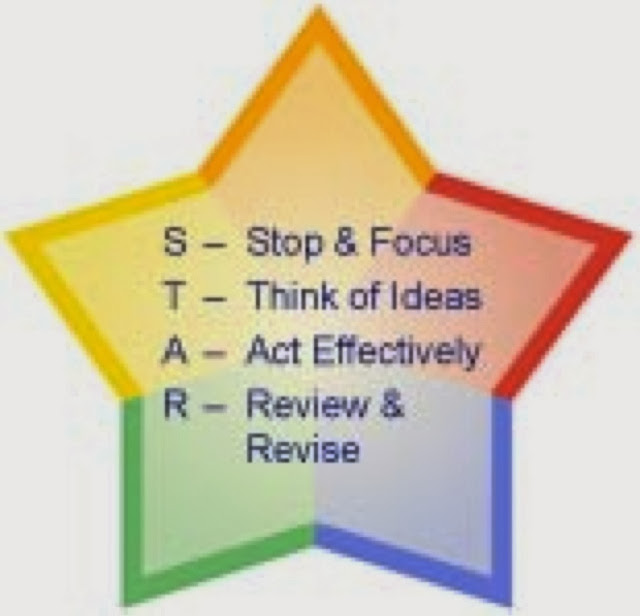 Here are a few questions from a hundred of just one rubric:
Here are a few questions from a hundred of just one rubric:
1. How to pay wages to a manager who is looking for and selecting premises for renting stores?
2. How to motivate the Customer Care staff?
3. Is career growth possible without additional education?
4. How to count the Clients who came to the auto center?
5. How to pay for an information retrieval specialist?
6. Dishonest employee and dishonest clients (computer help)
7. New ideas coming from shareholders: chaos or business process? nine0003
Why do these questions arise, behind which there are “problems” of firms and companies? In our opinion, only because most of the so-called "practitioners" in their work do not know anything other than "trial and error". And this method takes a long time to find a solution - often a lifetime. And the work does not wait, it requires more and more new solutions, more and more innovative, even in the field, for example, teeth whitening.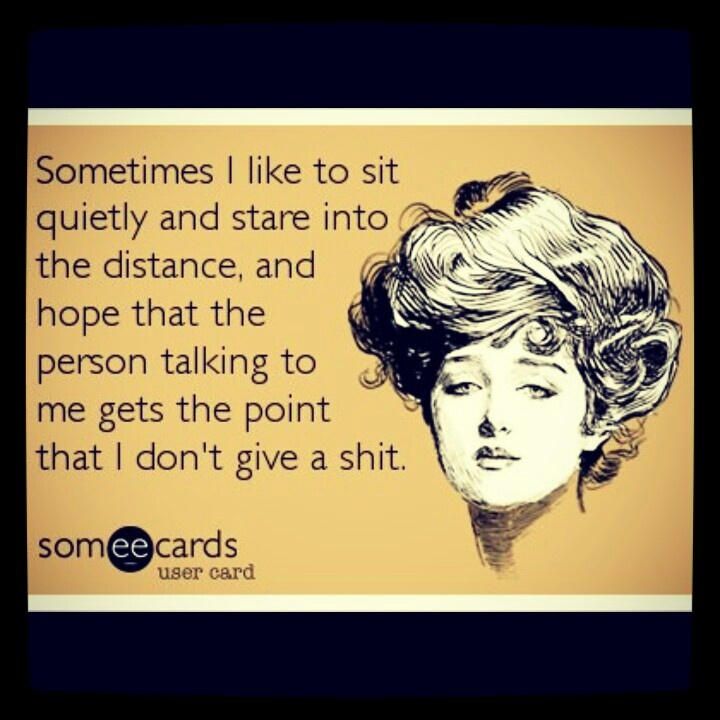 An analysis of the existence of competitive products on the market shows that in order to create a product that can bring profit for a long time, at least 60 new technical ideas must be implemented in it. nine0003
An analysis of the existence of competitive products on the market shows that in order to create a product that can bring profit for a long time, at least 60 new technical ideas must be implemented in it. nine0003
Example. The colossal commercial success of the Douglas aircraft (DS, Dakota, Li-2), produced in many countries, including the USSR for more than 50 years (!) was guaranteed by the firm's resolution of more than 60 contradictions.
The resolution of a contradiction is already an invention, whether or not it is registered in the State's Invention Register.
TRIZ APPLICATION IN LIFE
Here is an example of how a young man trained in TRIZ in Vorkuta used thinking in a difficult situation.
When he got to the unit, he really didn't like it there. And he set the task: we must leave here. But how?
The first remedy he used was the Perfect End Result. The guy formulated the desired result as follows: The authorities of SAMO let me go.
The guy formulated the desired result as follows: The authorities of SAMO let me go.
The strength of the IFR is that the energy of thinking is not wasted in vain: only in the necessary direction. nine0003
The second tool used is called "resources" - this is everything that surrounds a person, everything from which it is possible to construct a solution for the implementation of IFR.
The young man remembered that when he studied in the TRIZ circle, he received two copyright certificates for inventions. Maybe they never came in handy again in his life, but now they came in very handy.
And the third resource is a funny hypothesis of one researcher that little green men supposedly living in the Alpha Centauri region help people on Earth to make inventions. nine0003
In short, the guy at the next meeting with the doctor of the unit, to the question "What's bothering you?" answered that, de, little green men come to him at night and demand that he make another invention.

